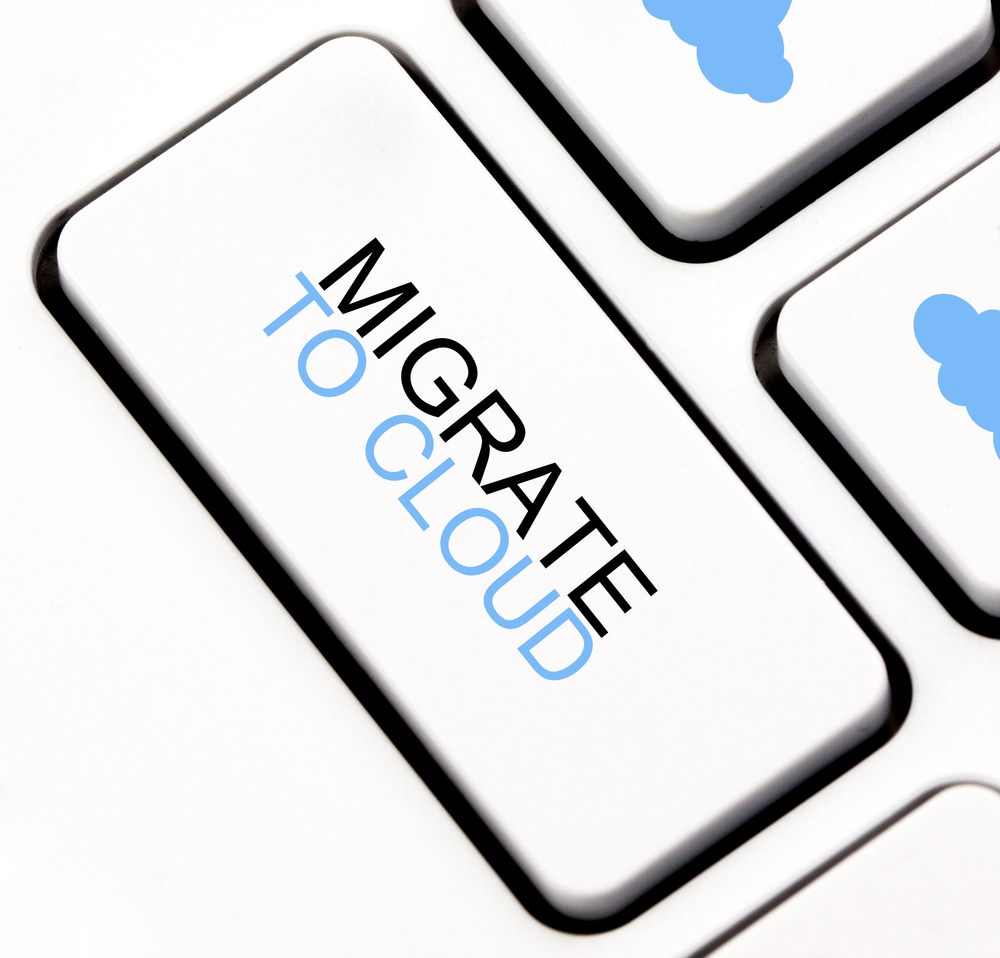Navigating legal and regulatory issues in email migration is crucial to ensure compliance with laws and regulations governing data protection, privacy, and electronic communications. Here are key considerations and strategies to address these issues effectively:
1. Data Protection Regulations
- GDPR (General Data Protection Regulation):
- Data Transfer Requirements: Ensure that any transfer of personal data outside of the European Economic Area (EEA) complies with GDPR’s provisions on data transfer mechanisms such as Standard Contractual Clauses (SCCs), Binding Corporate Rules (BCRs), or other approved safeguards.
- Data Minimization: Only migrate necessary data and ensure that it is accurate, relevant, and limited to what is necessary for the purposes of the migration.
- Data Subject Rights: Respect data subjects’ rights, including the right to access, rectification, erasure, and portability of their personal data during and after migration.
- HIPAA (Health Insurance Portability and Accountability Act):
- Protected Health Information (PHI): Ensure that migration processes and the new email system comply with HIPAA regulations regarding the protection of PHI.
- Business Associate Agreements (BAAs): If applicable, enter into BAAs with third-party service providers involved in the migration who will have access to PHI.
- Other Jurisdictional Regulations:
- Local Data Protection Laws: Comply with relevant national or local data protection laws that may impose additional requirements on the processing and transfer of personal data.
2. Data Security Measures
- Encryption: Implement strong encryption protocols (both in transit and at rest) to protect sensitive data during migration.
- Access Controls: Ensure that access to data during migration is restricted to authorized personnel only, and implement appropriate access controls to prevent unauthorized access.
3. Legal Compliance and Documentation
- Documentation: Maintain comprehensive documentation of the email migration process, including data mapping, risk assessments, and compliance measures taken.
- Legal Review: Involve legal counsel early in the planning stages to review migration plans, contractual agreements, and data protection impact assessments (DPIAs) to ensure legal compliance.
4. Retention and Disposal Policies
- Retention Policies: Ensure that email migration considers existing retention policies for emails and attachments, including any legal requirements for data retention.
- Disposal of Legacy Data: Safely dispose of any legacy data that is no longer needed or relevant after migration, in compliance with data protection regulations.

5. Audits and Accountability
- Audits: Conduct regular audits and assessments to ensure ongoing compliance with legal and regulatory requirements post-migration.
- Accountability: Establish accountability measures to track compliance with data protection regulations and address any breaches or incidents promptly.
6. User Awareness and Training
- Awareness Programs: Educate users about their responsibilities regarding data protection and privacy during email migration and ensure they understand the implications of regulatory compliance.
- Training: Provide training sessions for IT staff and stakeholders involved in the migration process on legal obligations and best practices for handling sensitive data.
7. Vendor Management and Contracts
- Vendor Selection: Choose email migration vendors and service providers who demonstrate compliance with relevant data protection regulations and are willing to sign appropriate agreements (e.g., data processing agreements).
- Contractual Protections: Ensure that contracts with vendors include provisions addressing data protection responsibilities, security measures, and obligations regarding data breaches.
8. Incident Response Plan
- Response Plan: Develop and maintain an incident response plan that outlines procedures for responding to data breaches or security incidents during or after email migration.
- Notification Requirements: Understand legal requirements for notifying data subjects, regulatory authorities, and other stakeholders in the event of a data breach.
Conclusion
By proactively addressing legal and regulatory issues in email migration, organizations can mitigate risks, protect sensitive data, and ensure compliance with applicable laws. Collaboration between IT, legal, and compliance teams is essential to navigate these complexities effectively and maintain trust with stakeholders regarding data privacy and security.

